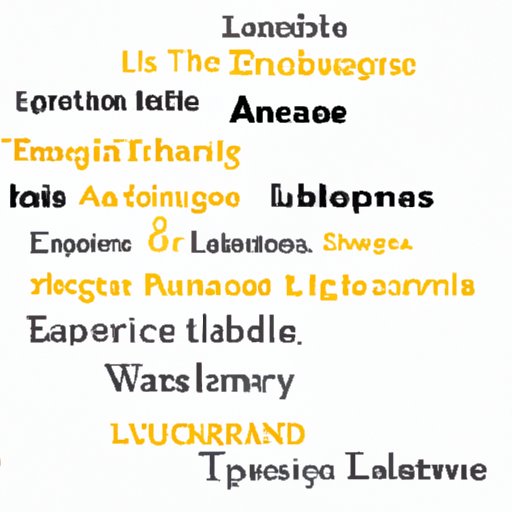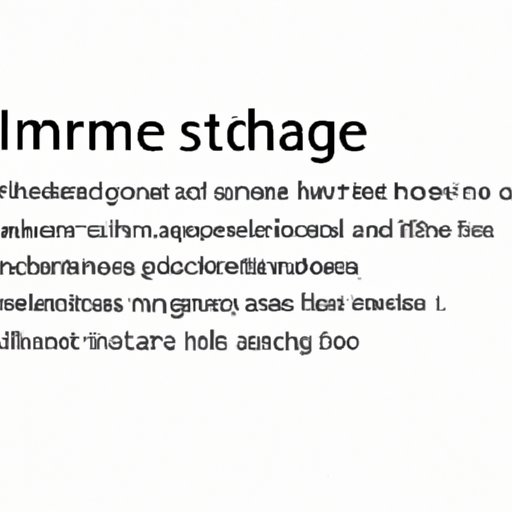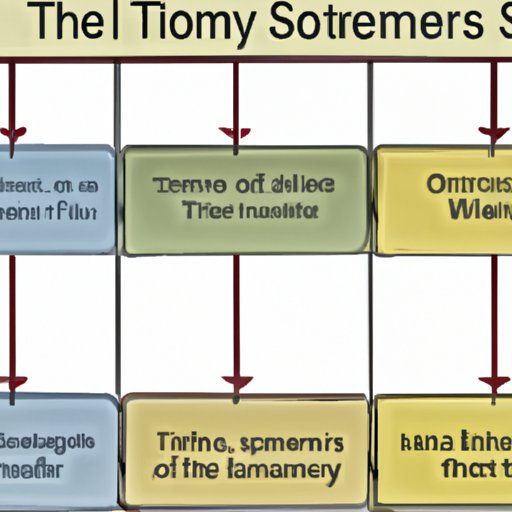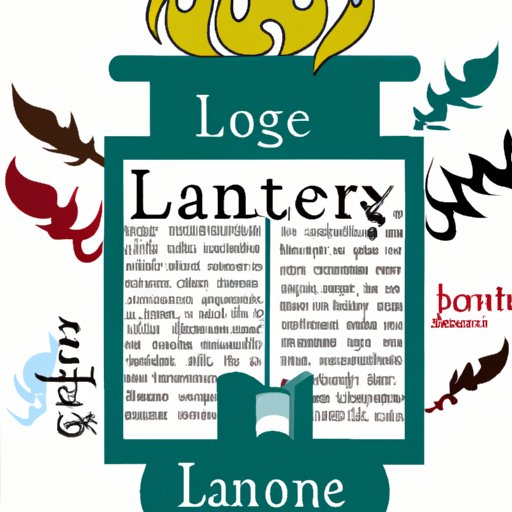Introduction
Theme is an essential element of literature, providing readers with a deeper understanding of the work. In its simplest definition, a theme is the central idea of a story. It can be conveyed through characters, plot, setting, dialogue, or any other literary device. By exploring a theme, readers gain insight into the author’s message and purpose behind the work.
This article will explore what is theme literature, analyzing popular themes and their significance, identifying a theme in a text, and examining how authors use themes to connect stories. We will also discuss the impact of symbols on theme development and the implications of these points for creating meaningful literature.

Exploring Popular Literary Themes and Their Significance
In order to understand the importance of theme in literature, it is important to analyze some of the most common themes. Some of the most common themes include love, death, fate, power, identity, and family. Each of these themes has been explored throughout literature, often in different ways. For example, a story may explore love in a romantic context, while another story may explore love in a familial context.
The significance of these themes lies in their universality. They are topics that people can relate to, regardless of their culture or background. As such, they provide readers with an opportunity to gain insight into the human experience. By exploring these themes, authors can create stories that resonate with readers on a deep level.

Identifying a Theme in a Text
Now that we have discussed the importance of popular themes, let’s examine how to identify a theme in a text. One way to do this is to look for motifs and symbols. A motif is a recurring element in a text, such as a certain type of character or setting. A symbol is an object or image that represents something else. Both motifs and symbols can help to reveal the underlying theme of a story.
For example, if a story features a character who is always searching for something, this could be a motif that reveals a theme of searching for meaning or purpose. Similarly, if a story features a key that is used to unlock a door, this could be a symbol that reveals a theme of unlocking potential or discovering hidden truth. By looking for these types of elements, readers can begin to uncover the theme of a story.

Examining How Authors Use Themes to Connect Stories
Once you have identified the theme of a story, you can then start to explore how authors use themes to connect stories. This is done by comparing and contrasting themes across genres. For example, a romance novel and a horror novel may both explore the theme of love, but from different perspectives. By examining how authors approach similar themes from different angles, readers can gain a deeper appreciation for the complexity of literature.
Authors also use themes to communicate messages to their readers. By exploring a particular theme, authors can make a statement about the world around them. This can be done through satire, allegory, or even just subtle hints in the text. By exploring how authors use themes to communicate messages, readers can gain a better understanding of the author’s intent.
Exploring the Impact of Symbols on Theme Development
Finally, let’s examine the impact of symbols on theme development. As mentioned earlier, symbols can help to reveal the underlying theme of a story. However, symbols can also be used to enhance and develop the theme. For example, a symbol that is used repeatedly throughout a text can represent different ideas at different points in the story. This can help to deepen the theme, making it more complex and meaningful.
Symbols can also be used to add layers of meaning to a theme. For example, a story may explore the theme of love in a literal sense, but the symbols used throughout the text could add a deeper, metaphorical layer to the theme. By exploring how symbols can be used to enhance and develop the theme, readers can gain a richer understanding of the text.
Discussion: Creating Meaningful Literature
By examining what is theme literature, we can see how important it is for authors to explore themes in their work. Themes provide readers with an opportunity to gain insight into the human experience, while also giving authors a chance to communicate messages to their audience. Through exploring popular themes, identifying a theme in a text, and examining how authors use themes to connect stories, readers can gain a better understanding of literature.
Furthermore, by exploring the impact of symbols on theme development, readers can gain a richer appreciation for how authors use symbols to enhance and develop the theme. Ultimately, this can lead to a greater understanding of how authors use themes to create meaningful stories.
Conclusion
In conclusion, this article has explored what is theme literature, analyzing popular themes and their significance, identifying a theme in a text, and examining how authors use themes to connect stories. We have also discussed the impact of symbols on theme development and the implications of these points for creating meaningful literature.
By understanding the importance of theme in literature, readers can gain a deeper appreciation for the works they read. Furthermore, by exploring how authors use themes to create meaningful stories, readers can gain insight into the human experience.
(Note: Is this article not meeting your expectations? Do you have knowledge or insights to share? Unlock new opportunities and expand your reach by joining our authors team. Click Registration to join us and share your expertise with our readers.)
